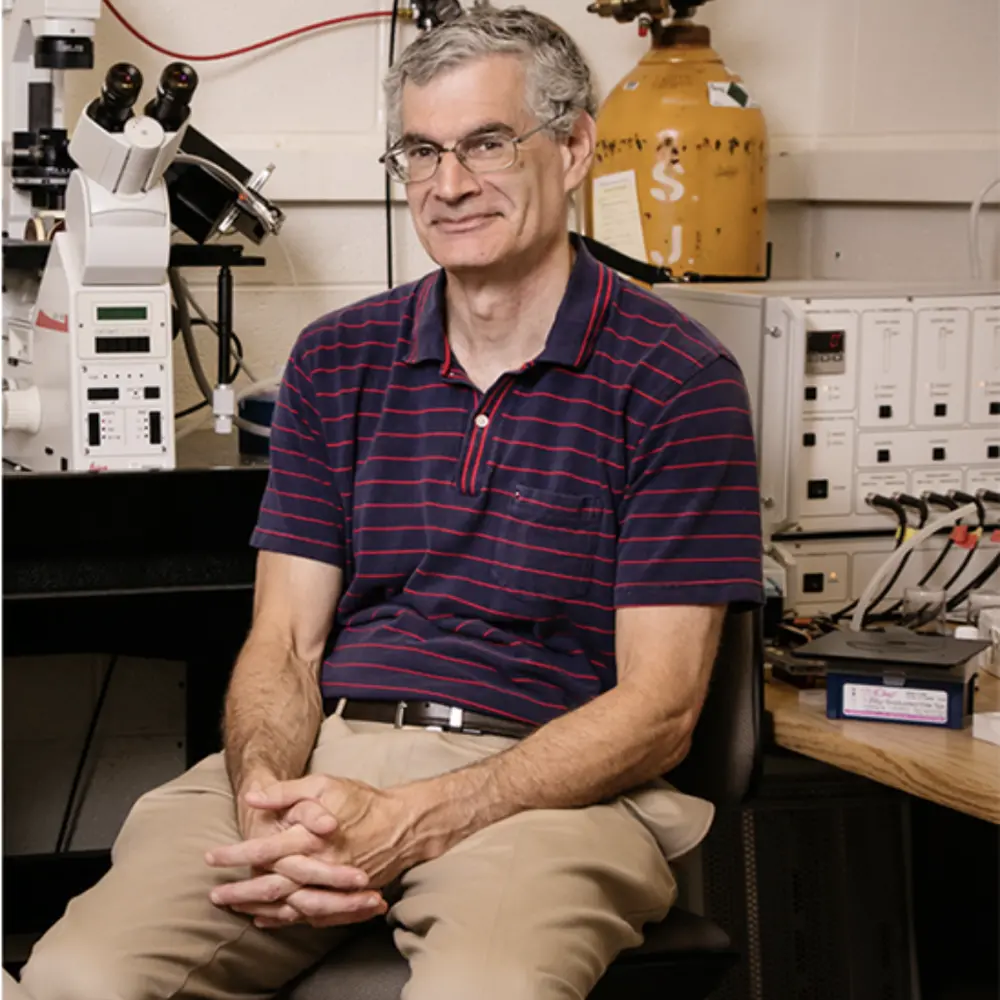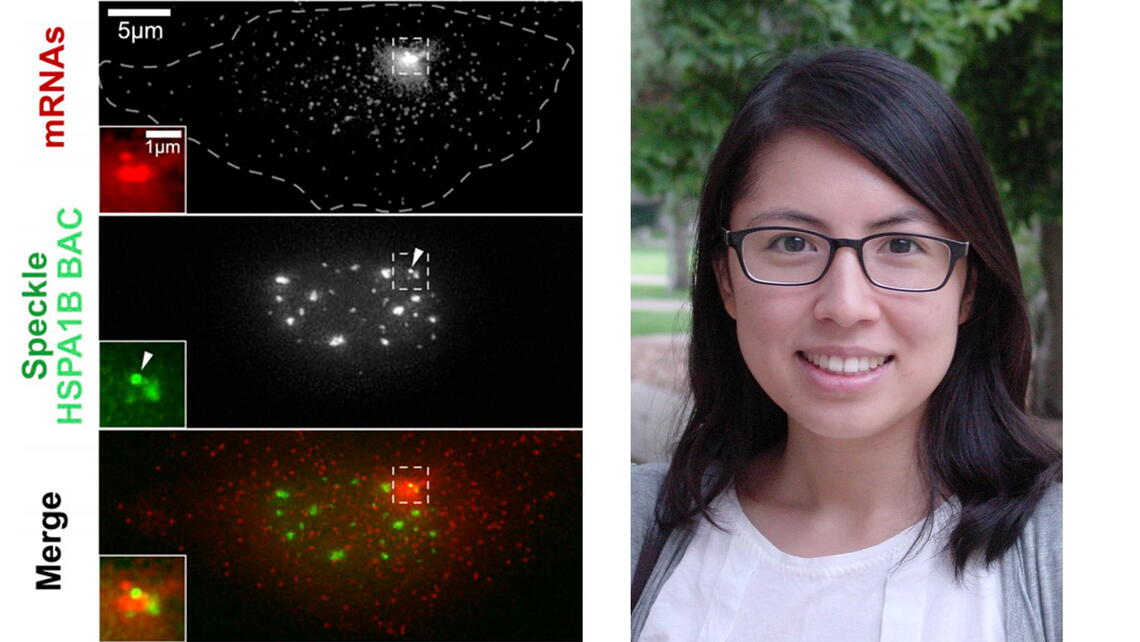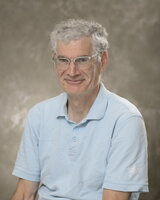
Recent work from the Belmont Laboratory in Cell and Developmental Biology was featured in the Journal of Cell Biology.
Nuclear speckles are the second largest nuclear bodies in the mammalian cell nucleus, yet their possible function remains highly debated. Two main models have been proposed. The first, textbook model suggests nuclear speckles are primarily storage sites for factors involved in RNA synthesis and processing. The second model instead suggests nuclear speckles act as a gene expression “hub”, increasing the gene expression of the subset of genes which localize near nuclear speckles. Recent genome-wide mapping of chromosomal distances from nuclear speckles from the Belmont laboratory demonstrated a strong correlation between speckle proximity and higher gene expression, supporting model 2. However, no previous study had examined whether gene expression actually would vary for a specific gene as a function of its distance to nuclear speckles.
Here, Kim and other colleagues in the Belmont laboratory directly examined the relationship between the position of a heat shock gene relative to nuclear speckles and its induction of gene expression after heat shock. All copies of this gene induced promptly within 2-5 minutes after heat shock, regardless of their location in the nucleus. However, both the heat shock endogenous gene and transgenes showed several-fold higher RNA nascent transcript levels when they were in contact with nuclear speckles. Next, they directly visualized in live cells an increase in nascent RNA production typically within 0-2 minutes after first contact with nuclear speckles and decreases in RNA production within several minutes after heat shock transgenes moved away from nuclear speckles. Together, these results together strongly suggest a causal relationship between proximity to nuclear speckles and increased gene expression for this one heat shock gene locus. Future work will determine how many other genes might behave similarly and the molecular mechanism underlying this phenomenon.

